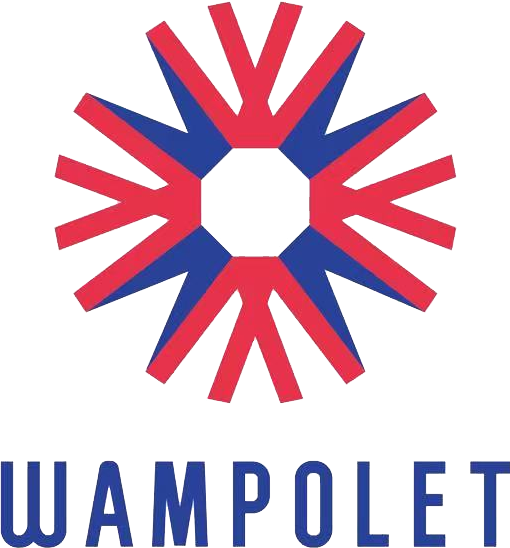The Evolution of Express Labels
Release time:
2024-12-13
In today's fast-paced era, express delivery has become an indispensable part of our lives. Express labels serve as a bridge for information transmission, connecting the sender and the recipient.
In today's fast-paced era, express delivery has become an indispensable part of our lives. Express labels serve as a bridge for information transmission, connecting the sender and the recipient.
Express labels, which are affixed to express packages, contain key information such as the recipient's name, address, contact number, as well as the express company's tracking messages. This information is crucial for ensuring accurate delivery to the intended destinations.
As early as the mid-1990s, with the continuous growth of the logistics industry, the express delivery service industry also rose rapidly. At that time, most express mail and packages were labeled with multi-layer carbonless paper forms. Some were printed by dot matrix printers, while others were filled in by hand. However, the information on the bottom layer was often blurred. Coupled with the rough transportation conditions, damaged waybills with incomplete information were quite common.

Entering the 21st century, the boom in e-commerce has led modern logistics into a stage of high-quality development. To align with the efficient Internet of Things (IoT) information traceability system, the requirements for express label information accuracy and operational speed have been raised to a higher level. Currently, thermal labels are widely used in the industry. Compared to NCR paper forms, thermal labels can achieve more accurate and informative prints. By scanning the QR code on the label, one can obtain detailed information about the package. This not only greatly improves the efficiency of express sorting and delivery but also provides consumers with a more convenient method of package tracking.

However, thermal labels also face many challenges during use, such as the need to be compatible with a wide variety of printers on the market and potential damage from friction, rain erosion, oil contamination, and temperature changes during package circulation. Therefore, express companies' high requirements for thermal label materials extend beyond printing performance to include application durability.
As a benchmark brand in the thermal materials industry, Wampolet adheres to the mission of "Continuously creating new value. " It continually improves product performance and develops new product lines to meet customers' ever-changing needs. Facing the strict demands of the logistics industry, Wampolet has launched a variety of high-performance thermal paper and thermal film product series.
With professional thermal coating formulas and coating technologies, our thermal label materials are suitable for various types of popular thermal printing equipment on the market, whether industrial or portable and perform excellently in terms of printing quality and speed.
In addition, to ensure that the information on thermal labels remains clear and readable under various situations, the Wampolet TC product series adds a protective "armor" to thermal face materials. After strict laboratory testing, these products are proven to have outstanding performance in wear resistance, waterproofing, oil resistance, and resistance to tape plasticizers, providing additional protection to the printed information of the thermal labels.

Latest News
Business Connection
E-mail: info@wampolet.com
Address: No. 86 of Wufengshan Road, Zhenjiang Economic and Technological Development Zone, Jiangsu Province



